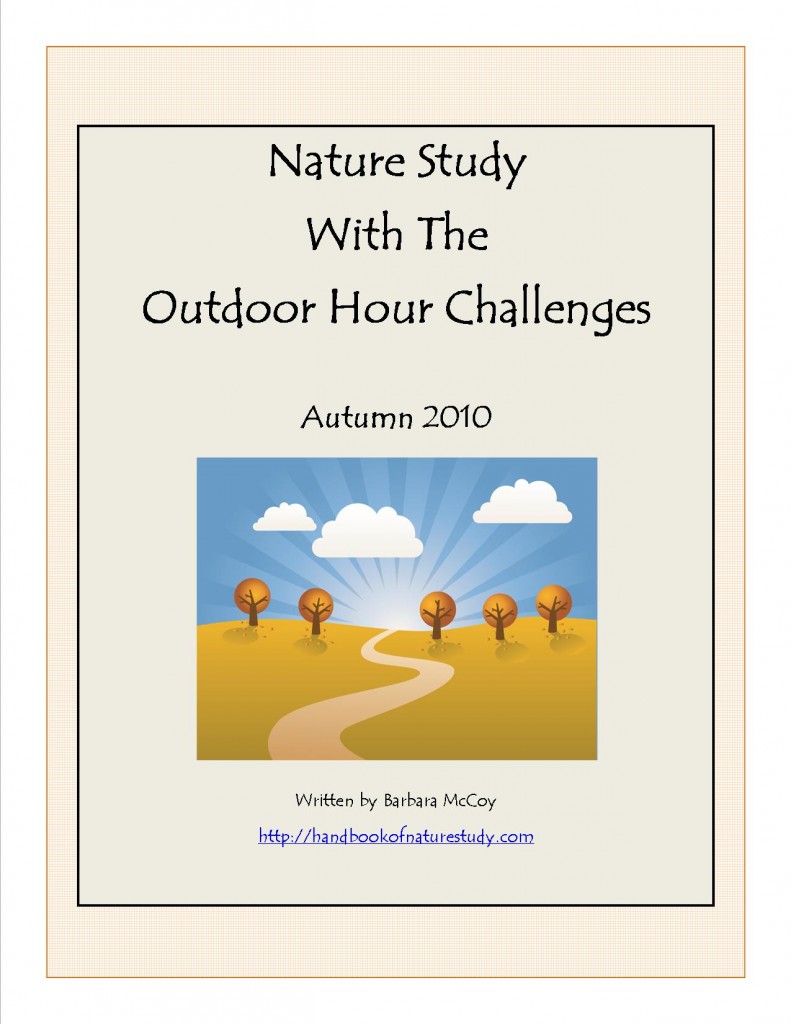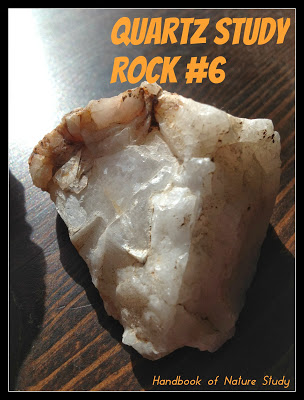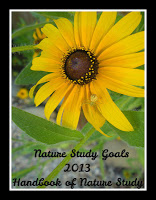We had a great month! November was particularly mild which meant we could spend lots of time enjoying the outdoors together. Thank you to all the participants for this edition of the blog carnival. I know you will enjoy reading the entries as much as I did.
Our family’s entries from this month’s study (in case you missed one):
Be inspired. Be encouraged. Get outdoors!
Woodpecker/November Birds
Nelleke from Education is a Life shares her entry Birds of November with carnival readers.She writes about their bird focus for the month and some great images as well.
November World
Annie from Annie’s Place has submitted their November Weather Study entry for the carnival. She shares how they used the Outdoor Hour Challenge and a Hearts and Trees Weather Lapbook. So many great things in this entry!
Shirley Ann from Under An English Sky has shared their wonderful November World entry with the carnival. What a lovely glimpse into their November nature walks.
Alex from Life on a Canadian Island has submitted her next installment in her series of Window Nature Study – Autumn November. What a fun idea and I am thoroughly enjoying seeing into their continuing study.
Kris from On The 8th Day has written this entry for you to enjoy: Our November Neighborhood. Oh what an insightful entry! She shares how nature study has helped her gain some insight to how her children think…love it!
Barbara from The Schoolhouse on the Prairie shares her November World entry. I loved seeing their cottonwood tree and their nature riddles.
Mushrooms
Angie from Petra School has submitted her entry: Cascade Head Reserve, A Morning Walk. In this entry she has some glorious mushrooms for you to see. I love it!
Eva Varga shares her Fascinating Fungi entry with carnival readers for this edition. Her run through the forest was interrupted by some beautiful fungi. Thanks Eva for sharing!
Potpourri
Taunya from Taunya’s Place shares their Nature Study-The Cattail entry with the carnival. They used the Handbook of Nature Study and had some fun too!
Don’t forget to share your blog entries with the Outdoor Hour Challenge Blog Carnival. All entries done in December are eligible for the next edition. The deadline for entries is 12/30/13 and you can send them directly to me: ha*************@***oo.com or submit them at the blog carnival site (link on the sidebar of my blog).


























